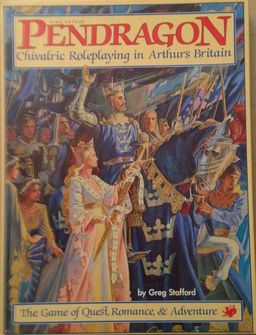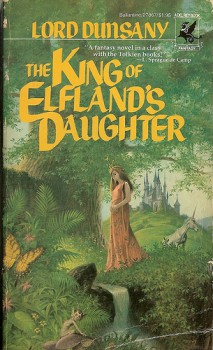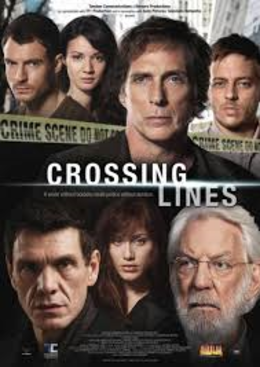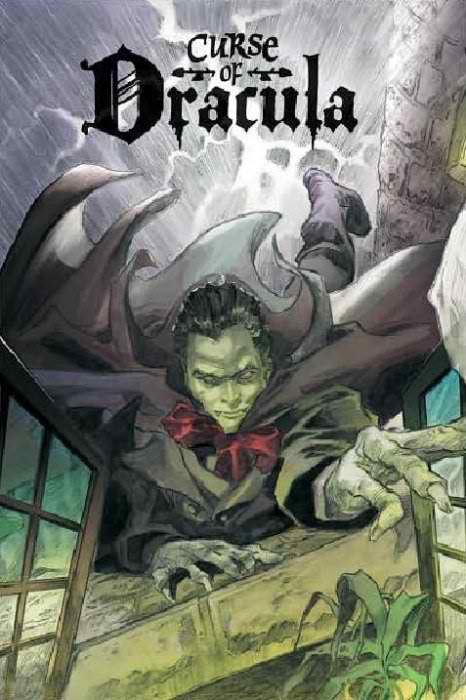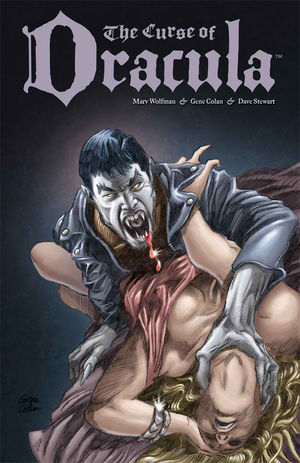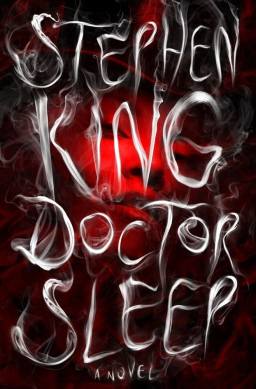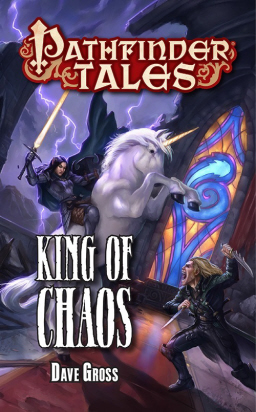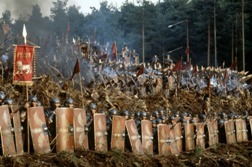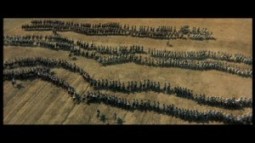Publishing and the Luck of Timing
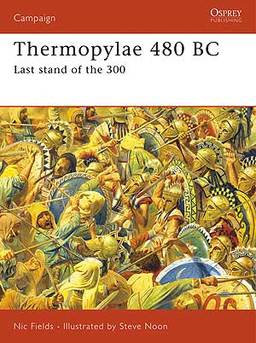 Although publishers don’t like to admit it, there is a large amount of luck involved in the sales of most books. No one really knows when (or even how) a book is going to catch fire in the public imagination and charge to the top of the bestsellers list. Publishers can help. They can advertise; they can push to get the book on the shelves, but they can’t make the public buy it.
Although publishers don’t like to admit it, there is a large amount of luck involved in the sales of most books. No one really knows when (or even how) a book is going to catch fire in the public imagination and charge to the top of the bestsellers list. Publishers can help. They can advertise; they can push to get the book on the shelves, but they can’t make the public buy it.
In many ways, Osprey Publishing relies less on luck than most publishers. Since most of our books are based around long-running series that have an established following and fan base, we can generally predict, with some degree of accuracy, how well a given book will do. That said, sometimes we are surprised. Personally, I’m still baffled as to why Warships of the Anglo-Dutch Wars 1652-74 has sold so well. And sometimes, we are just lucky…
A few years ago, we published Thermopyale: Last Stand of the 300 right about the same time the movie 300 came out. Sales for the book went off the charts. Not too long after, we released Zombies: A Hunter’s Guide right about the time The Walking Dead first hit television screens. Another instant hit.
This leads to the obvious question: Why don’t we time our books to come out at the same time as big budget movies or television shows? Oh, we’ve tried. And we’ve been burned. In the book trade, it is necessary to announce your book at least a year before publication if you want it seriously considered for placement in the stores. Now, movie releases are usually announced even sooner than that, but they often don’t stick to their release dates.


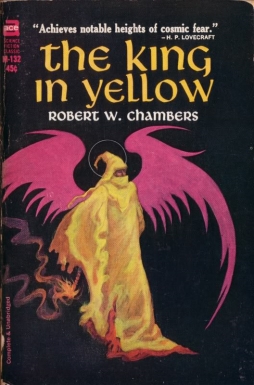 October draws to a close and so it’s time to turn to horror and the supernatural, to the weird tale and the things that cannot be known. Today, I want to look at one of the founding classics of the weird, Robert W. Chambers’s collection of linked short stories, The King in Yellow. Published in 1895, it was celebrated by H.P. Lovecraft, who used some of the book’s ideas in his Cthulhu mythos; in fact, the book’s inspired a mythos of its own, complete with
October draws to a close and so it’s time to turn to horror and the supernatural, to the weird tale and the things that cannot be known. Today, I want to look at one of the founding classics of the weird, Robert W. Chambers’s collection of linked short stories, The King in Yellow. Published in 1895, it was celebrated by H.P. Lovecraft, who used some of the book’s ideas in his Cthulhu mythos; in fact, the book’s inspired a mythos of its own, complete with 